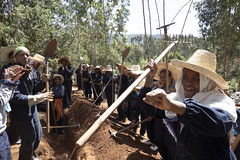Getting to equal: The disability inclusion advantage
The report analyzed the disability practices and financial performance of the 140 companies participating in the Disability Equality Index (DEI) — a benchmarking tool that gives businesses an objective score on their disability inclusion policies and practices — over four years. A key finding of the report is that companies that embrace best practices for employing and supporting more persons with disabilities in the workforce have outperformed their peers.




